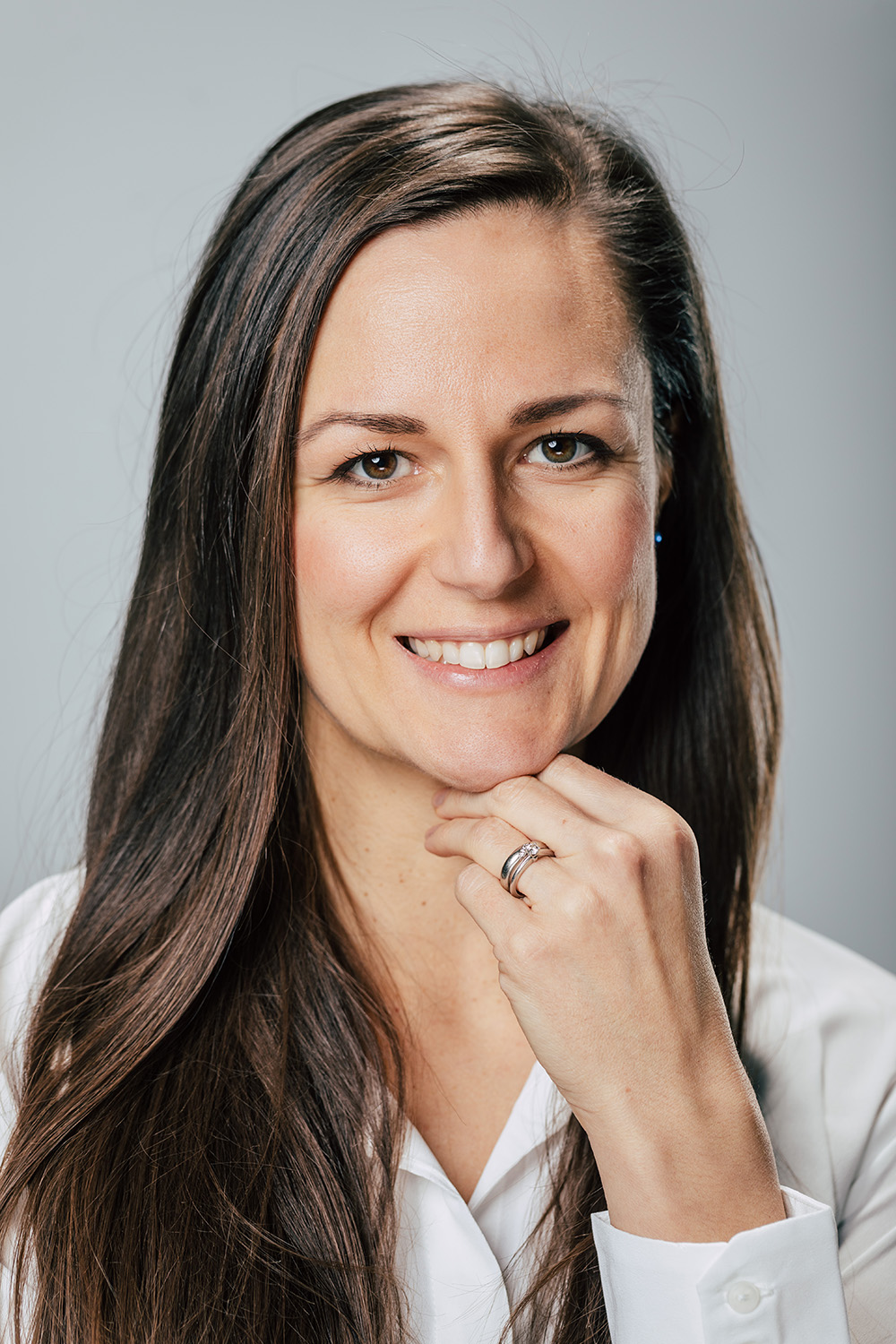Cheek shaping
About
Facial contouring is a cosmetic procedure used to enhance facial contours and highlight specific areas of the face to achieve a more aesthetically pleasing appearance. This procedure may involve various techniques such as fillers, dermal fillers, botulinum toxin, or surgical procedures to achieve the desired shape and volume of the face.
Candidate
Candidates for facial contouring are typically individuals looking to improve facial definition, accentuate cheekbones, reduce wrinkles or scars, and achieve a more youthful facial appearance. It may also be recommended for individuals with volume loss or facial asymmetry.
Preparation
Prior to facial contouring, patients usually consult with a cosmetic specialist who assesses their goals and tailors the treatment plan to their desires. Sometimes, avoiding certain medications or substances that might affect the procedure is recommended.
Treatment
Facial contouring treatment may involve various techniques, such as the injection of fillers, fillers, or botulinum toxin, or even surgical procedures such as facelift or facial liposuction, depending on the patient's needs and desired results.
Result
The results of facial contouring typically include improved definition of facial contours, a fuller appearance of the cheeks, reduced wrinkles, and an overall rejuvenated skin appearance. Results may vary depending on the type of treatment and individual patient characteristics.
Precautions
It is important to seek the services of a skilled cosmetic practitioner or a doctor experienced in facial contouring to minimize the risk of side effects or complications. Patients should also be informed about potential risks or allergic reactions to specific substances used during the procedure.
ZagrebMed patient reviews
F.A.Q.
Cheek shaping is a cosmetic procedure aimed at enhancing the contour, volume, and definition of the cheeks for a more youthful and balanced facial appearance.
Cheek shaping can be achieved through various methods, including dermal fillers, fat grafting, or cheek implants. The chosen technique will depend on individual preferences and the recommendations of a qualified cosmetic surgeon.
Good candidates for cheek shaping are individuals who desire improved cheek volume and definition. It's important to have realistic expectations and be in good overall health.
Recovery after cheek shaping varies depending on the chosen method. Patients might experience some swelling and bruising, but these effects typically subside within a week or two.
The longevity of cheek shaping results depends on the chosen method and individual factors. Dermal fillers may last around 6-18 months, while fat grafting and implants offer longer-lasting results.
Most patients experience only mild discomfort during and after cheek shaping procedures. Local anesthesia and numbing agents are often used to minimize any pain.
Yes, cheek shaping can be combined with other facial rejuvenation procedures, such as facelifts or eyelid surgeries, for a more comprehensive makeover.
Like any surgical or cosmetic procedure, cheek shaping carries some risks, such as infection, bruising, asymmetry, or dissatisfaction with results. These risks can be minimized by choosing a qualified and experienced surgeon.
Recovery times vary, but most patients can return to their normal daily activities within a week or two after cheek shaping. Strenuous exercises and activities should be avoided for a few weeks.
The best approach for cheek shaping will depend on your individual goals, facial structure, and the advice of a skilled cosmetic surgeon. A consultation is crucial to discuss options and develop a personalized treatment plan.
Before & After
Photos


Send an inquiry for the treatment
Start your way towards a successful treatment today. Fill out the form with your data, choose the service you need and we will connect you with the top medical experts in Zagreb.